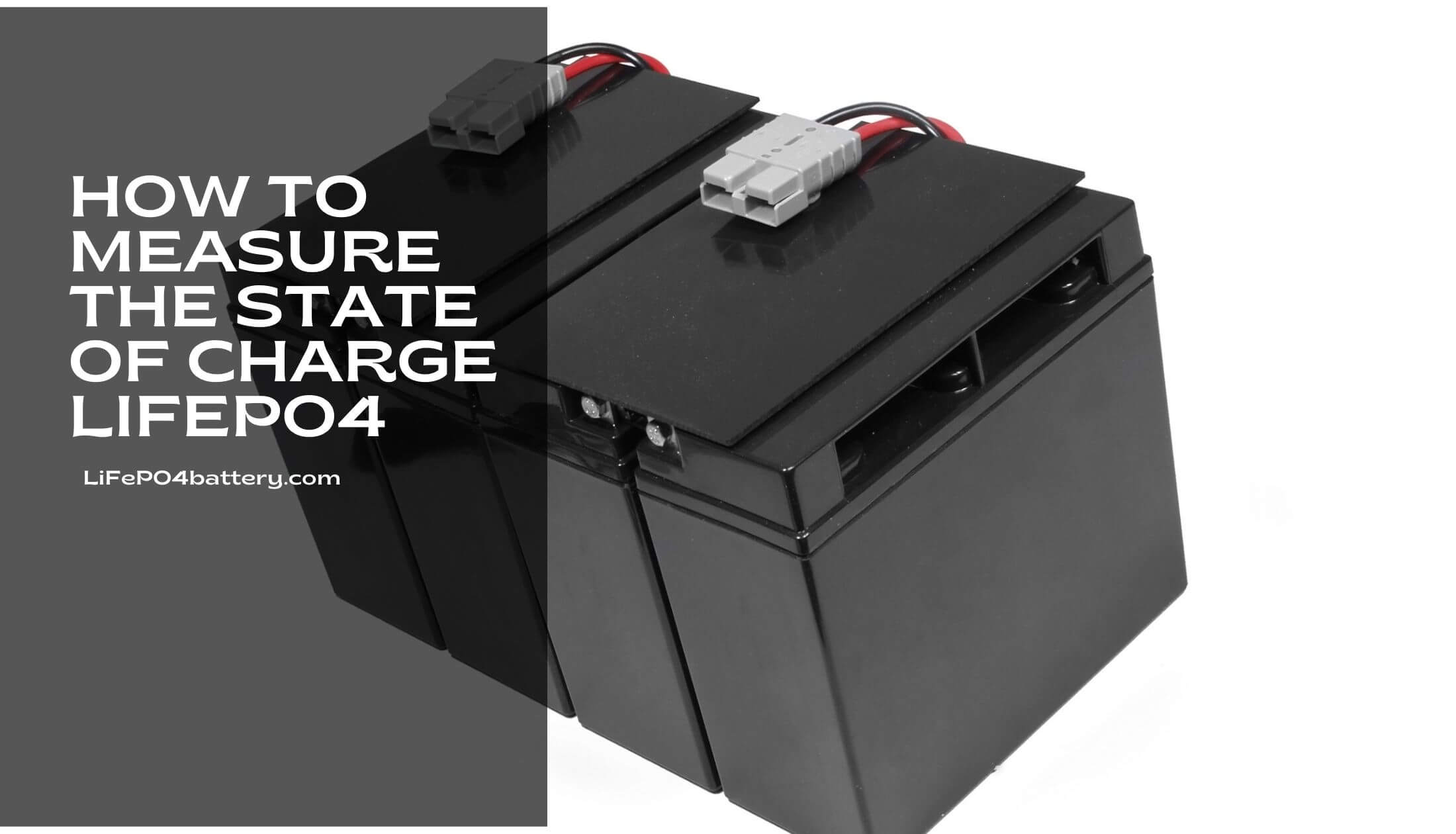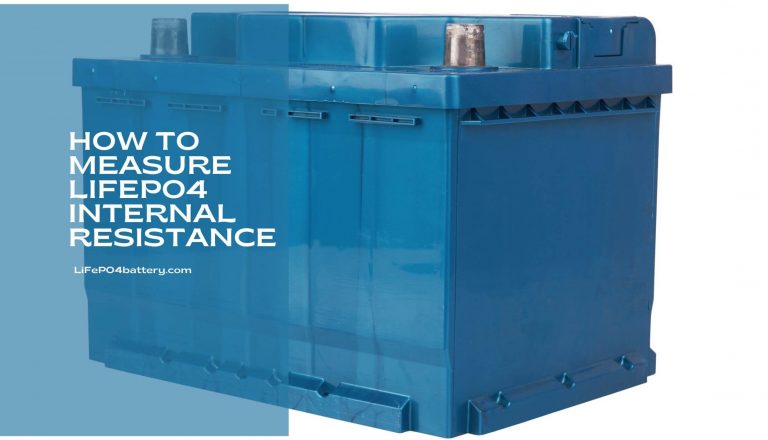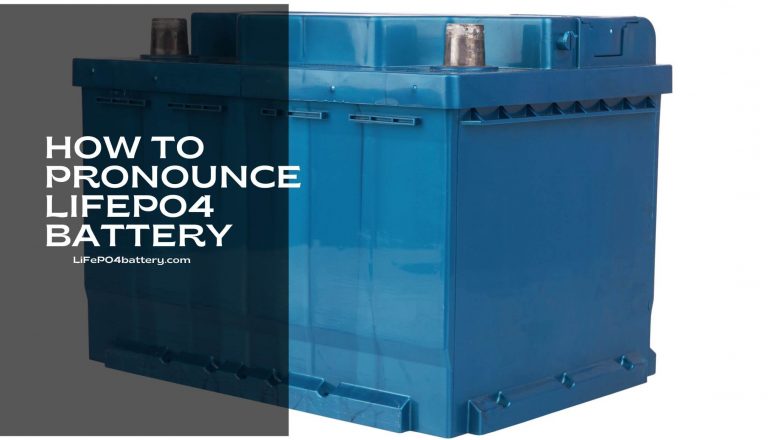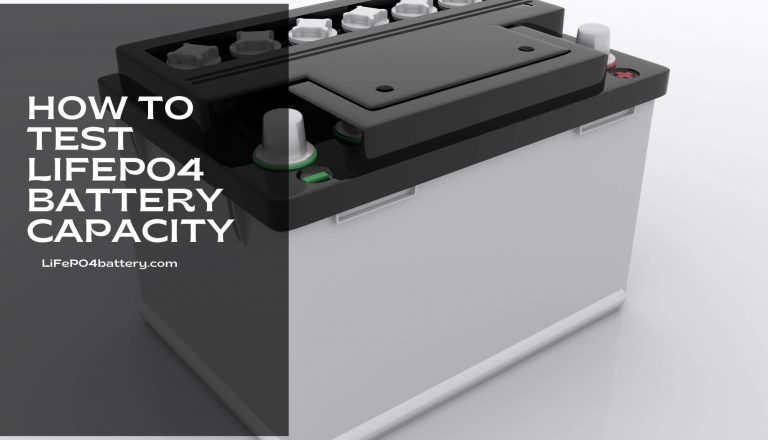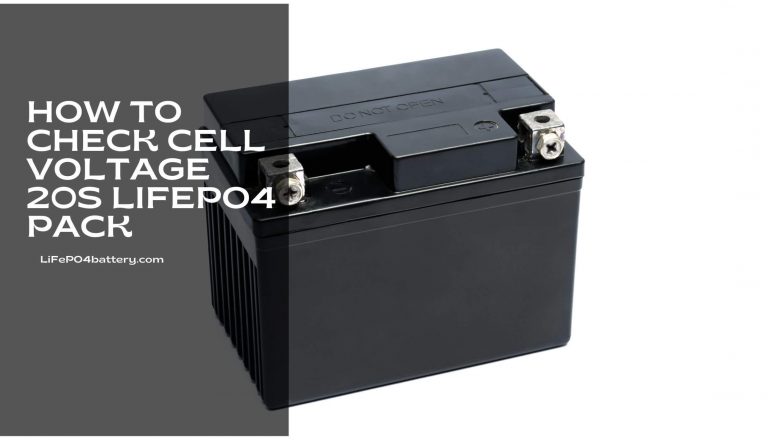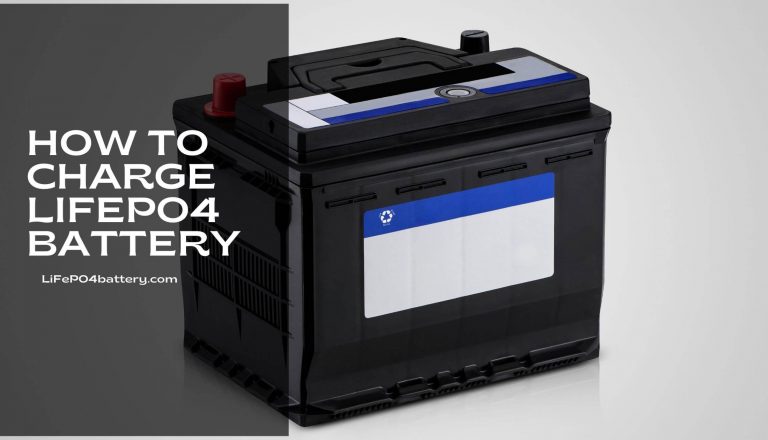How To Measure The State Of Charge LifePo4
If you’re not sure about How To Measure The State Of Charge LifePo4, this article is for you! Use our guide to find out the percentage of remaining power and then be able to balance it with a charger.
What is the State of Charge
The State of Charge is a measure of how much power a battery has remaining. It is important to know this information in order to prolong the life of your battery.
There are several ways to measure the State of Charge, but the most common is the Ah Rating. This rating is based on how long it would take to discharge a battery completely using an amp hour rating. For example, a battery with an Ah rating of 100 would take 10 hours to discharge completely.
It is important to keep track of your State of Charge so you can make sure it remains at a high level. If it drops too low, it can damage your battery and reduce its life. There are four states of charge in a battery: fully charged, not charged, half charged, and discharged.
A fully charged battery will have a State of Charge of 100%. If you’re not sure what the state of your battery is, it’s always a good idea to ensure that it is fully charged before using it. The difference between “fully charged” and “not charged” is how much energy has been supplied by the charger or power supply that was plugged into the battery. It takes a certain
How To Measure The State Of Charge LifePo4
When you are charging your Tesla car, you will need to keep track of the state of charge (SOC) in order to ensure that the battery is getting the best possible charge. You can do this by measuring the voltage and current drawn from the car’s battery pack.
To measure voltage, use a voltmeter or a DC power supply. To measure current, use a current probe or an AC power supply.
The SOC is calculated by taking the voltage and dividing it by the current. So, if you measure 6.5 volts and 0.5 amps, your SOC is 75%.
How to measure the state of charge on your lifePo4 battery pack!
To measure the state of charge on your lifePo4 battery pack, follow these steps:
- Charge the lifePo4 battery pack to full capacity using the included AC adapter or a power outlet.
- Remove the battery pack from the charging device and disconnect the battery cable.
- Connect one end of a straight edge to one end of the battery cable and connect the other end to a stationary object.
- Draw a straight line along the straight edge and record the distance between the two points. This is your state of charge (SOC) measurement in millimeters.
- Repeat Steps 2-4 with the remaining battery pack(s). The SOC measurements for each battery pack will be different because each battery pack has a unique shape and size.
Battery Capacity Scales
When it comes to electric cars, one of the most important factors is the state of charge (SOC) lifePo4. This is a measure of how long the battery will last at a given charge level.
The battery capacity scales as follows:
A battery with a higher capacity will last for a shorter period of time before needing to be replaced.
The state of charge (SOC) meter on electric cars shows how much battery power is left in the car. This meter is usually located on the instrument panel. It displays the SOC in volts and percentages. The percentage represents how much power is left in the battery compared to when it was new.
If your car has a low fuel gauge warning light, it means that your car’s battery is running low and you will need to fill up soon. The charge and discharge rates affect battery life. Charge the battery at a rate of 1 to 2 amp per hour.
Discharge the battery at a rate of 1 to 2 amp for every 15 miles you drive. Never leave your headlights on for an extended period of time in order to reduce the strain on your car’s electric system. If your car has a low fuel gauge warning light, it means that your car’s battery is running low and you will need to fill up soon. It is recommended that
Conclusion
In this blog post, we will conclude our discussion on how to measure the state of charge lifePo4. We started by discussing the three main definitions of lifePo4 and then discussed how to calculate each one. Next, we looked at the different types of measurement tools that can be used and explained which one is best for each type of battery. Finally, we provided some tips on how to use these measurements to improve battery lifePo4.
We hope you have found this blog post helpful. If so, please leave a comment below or share it on social media using the buttons below. Thank you for reading!

